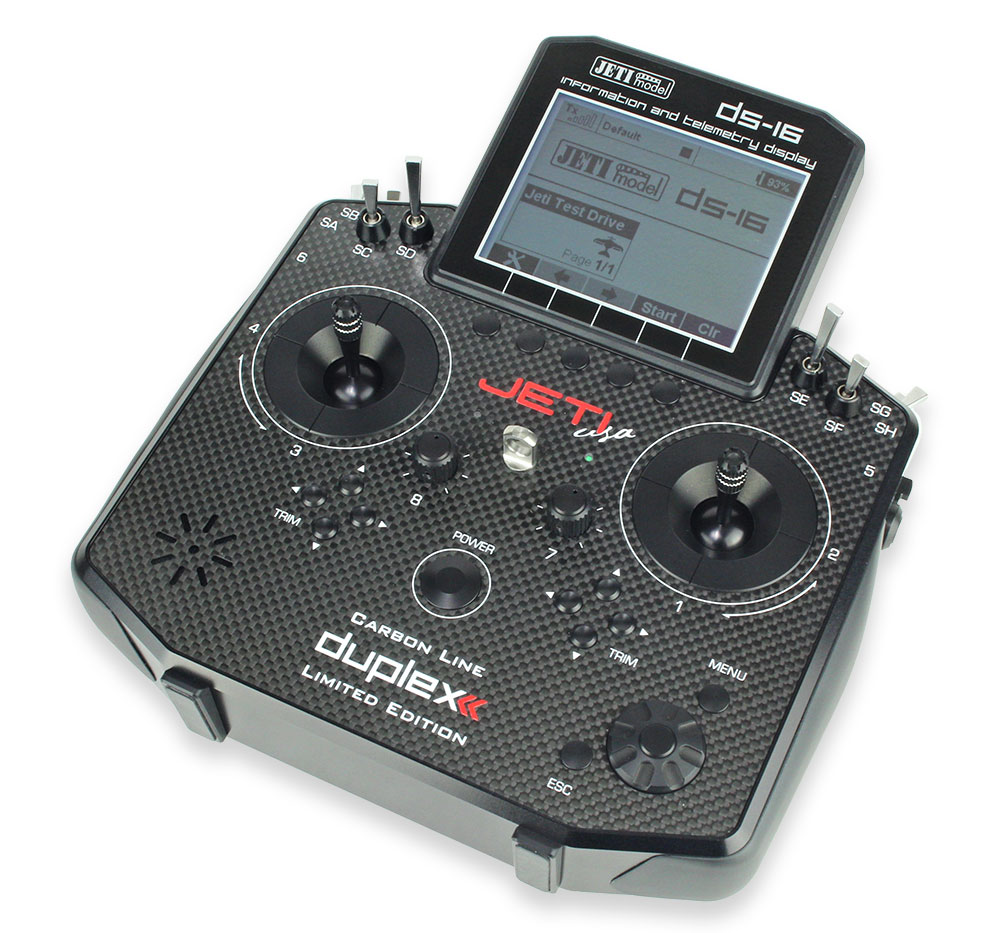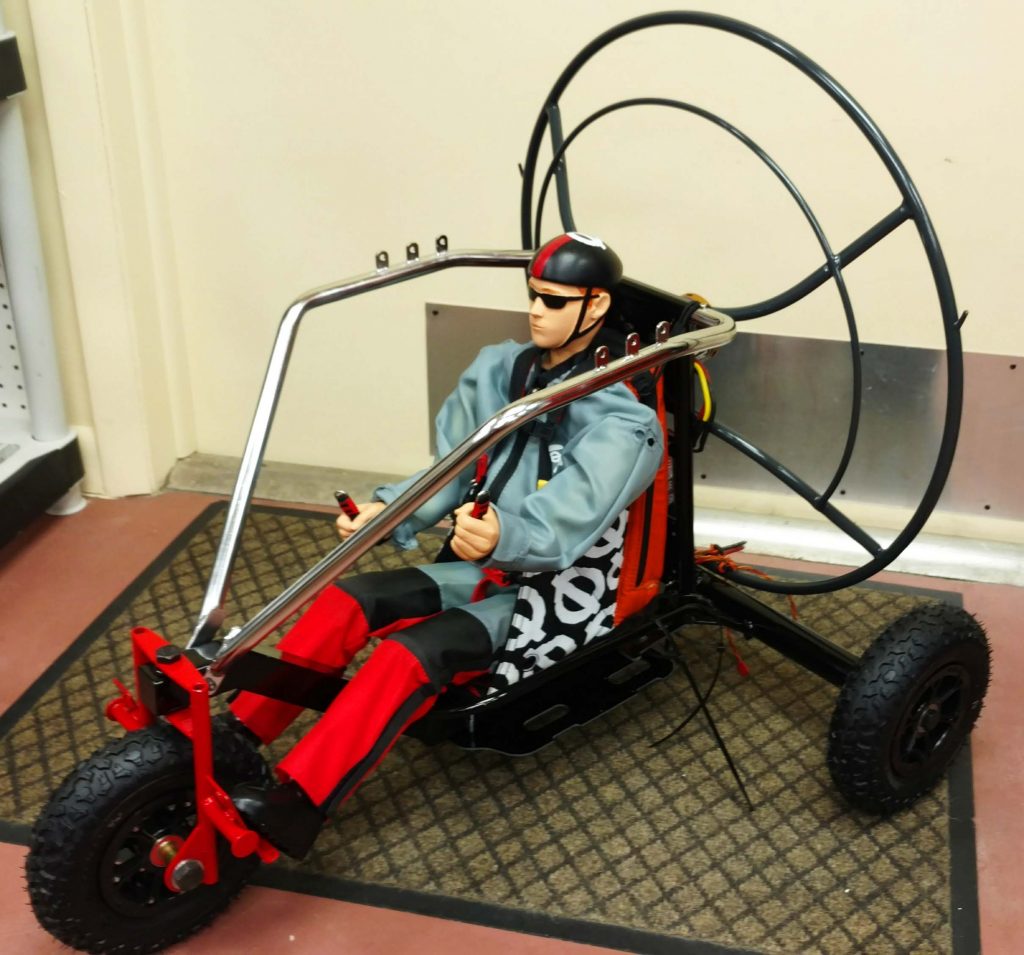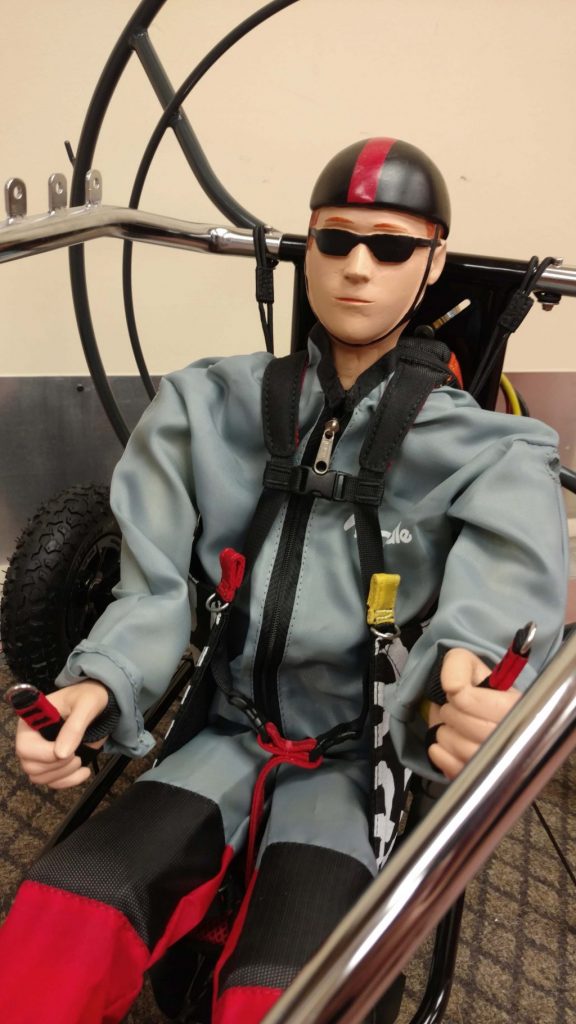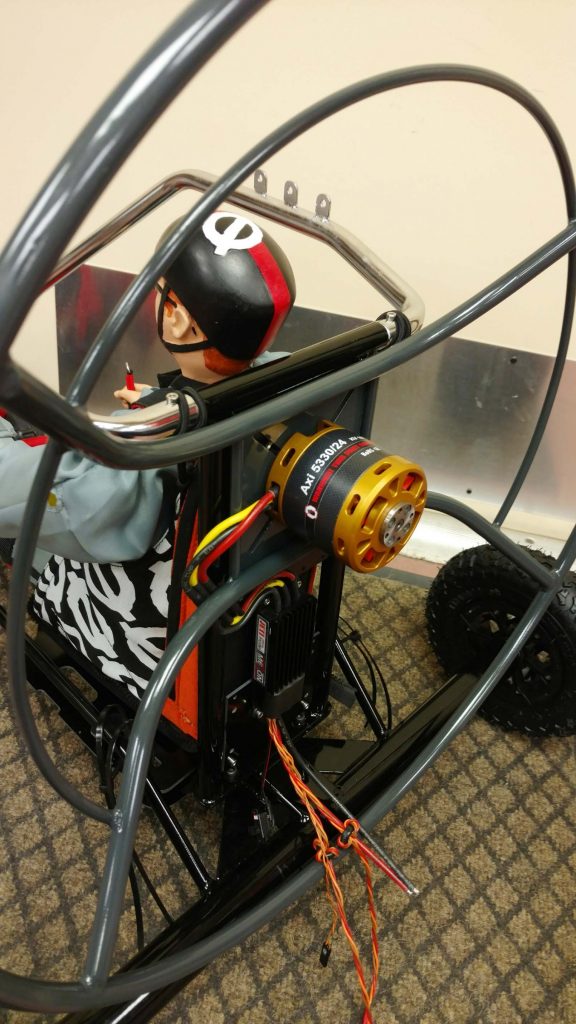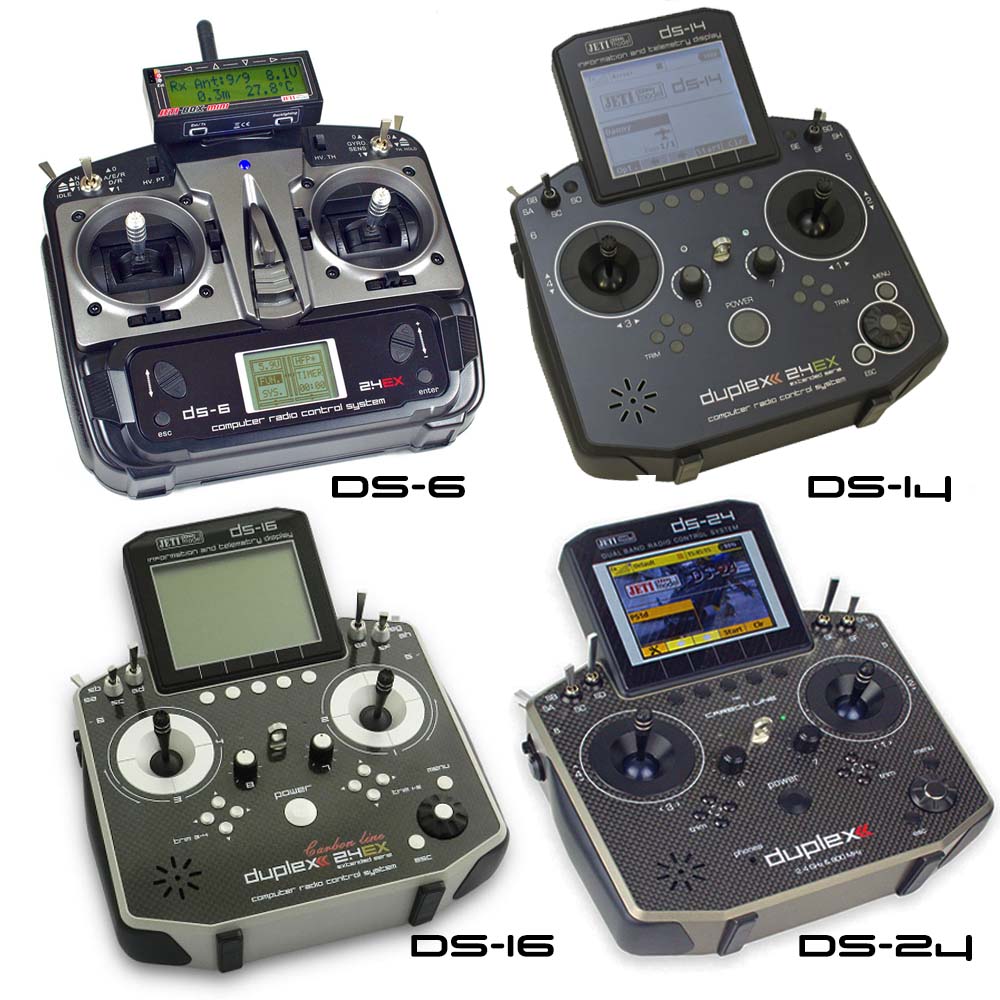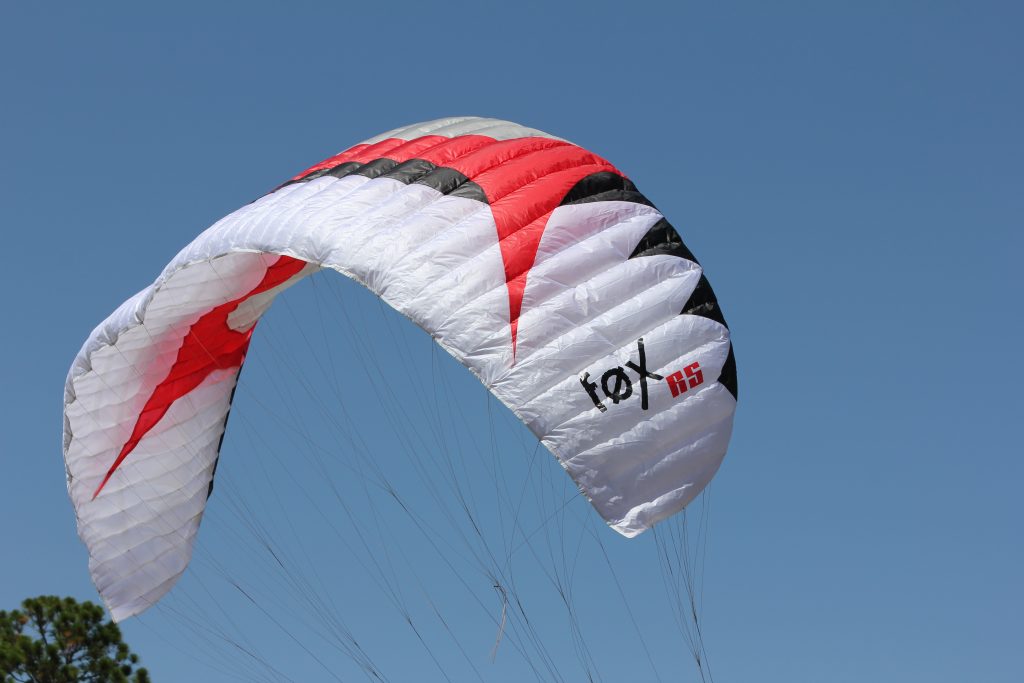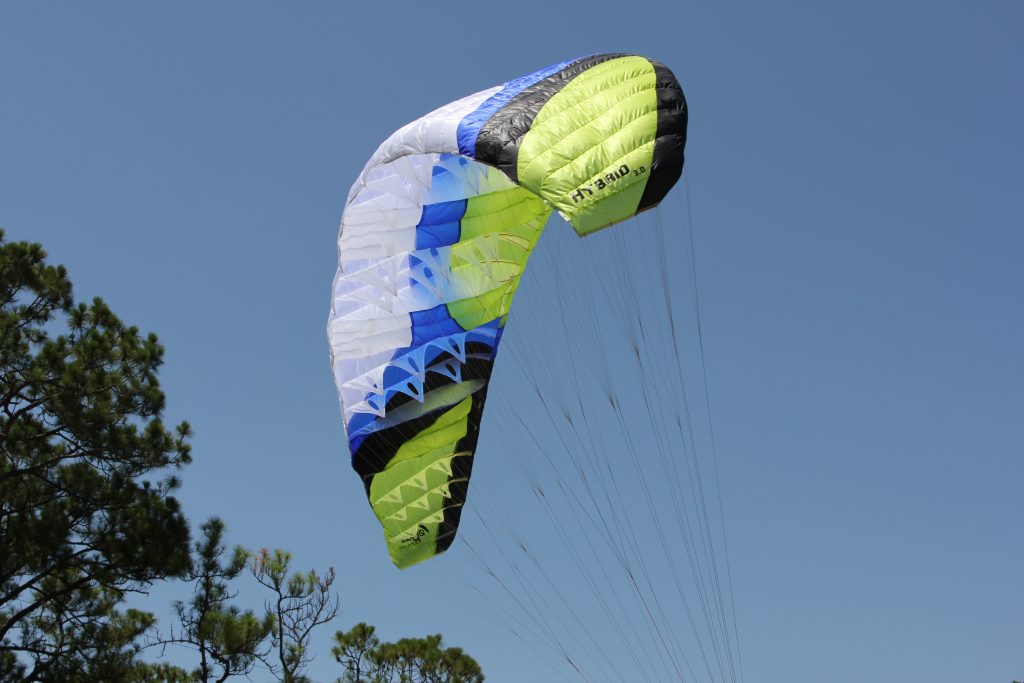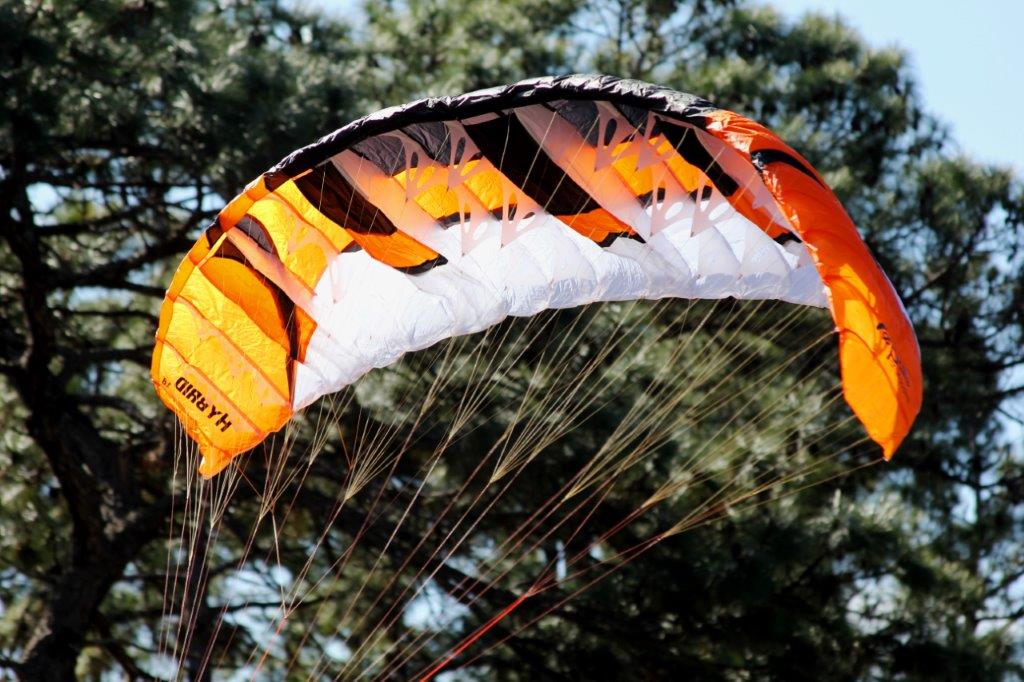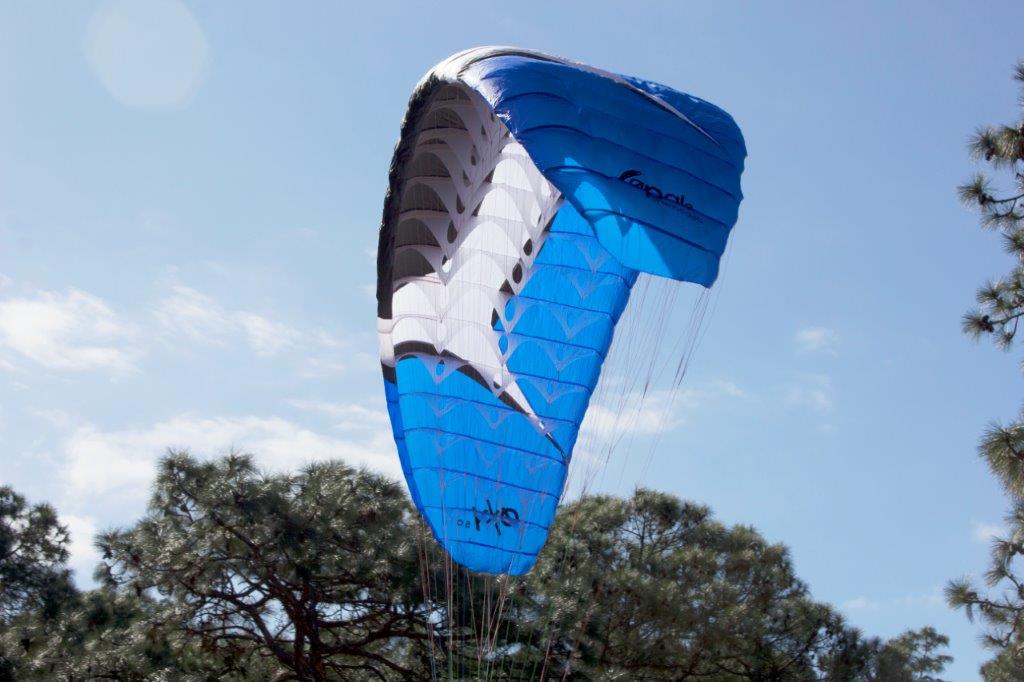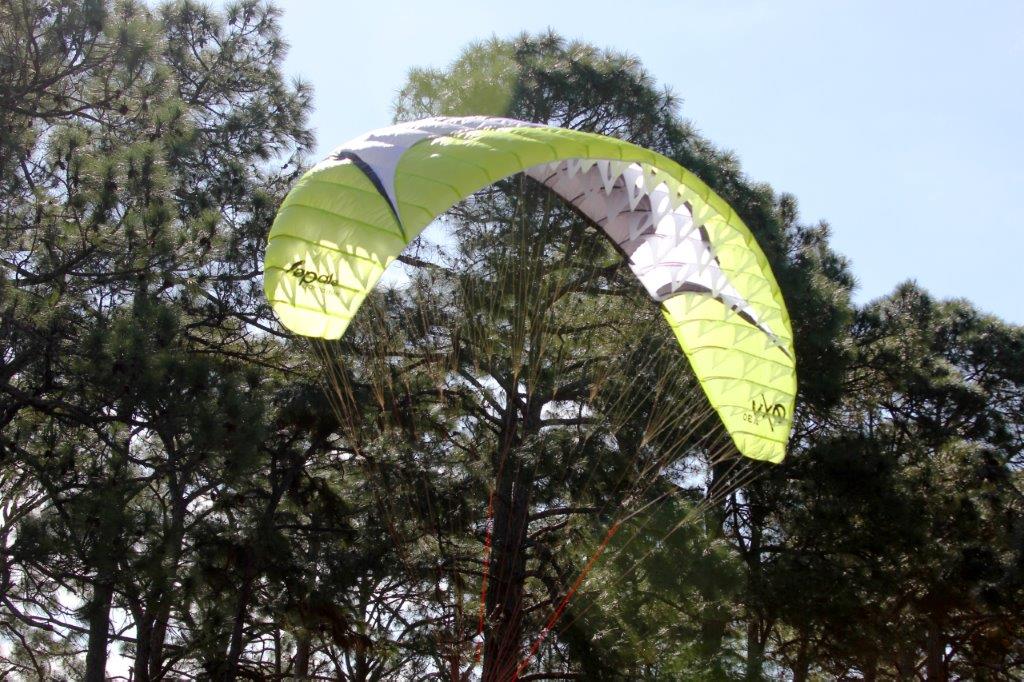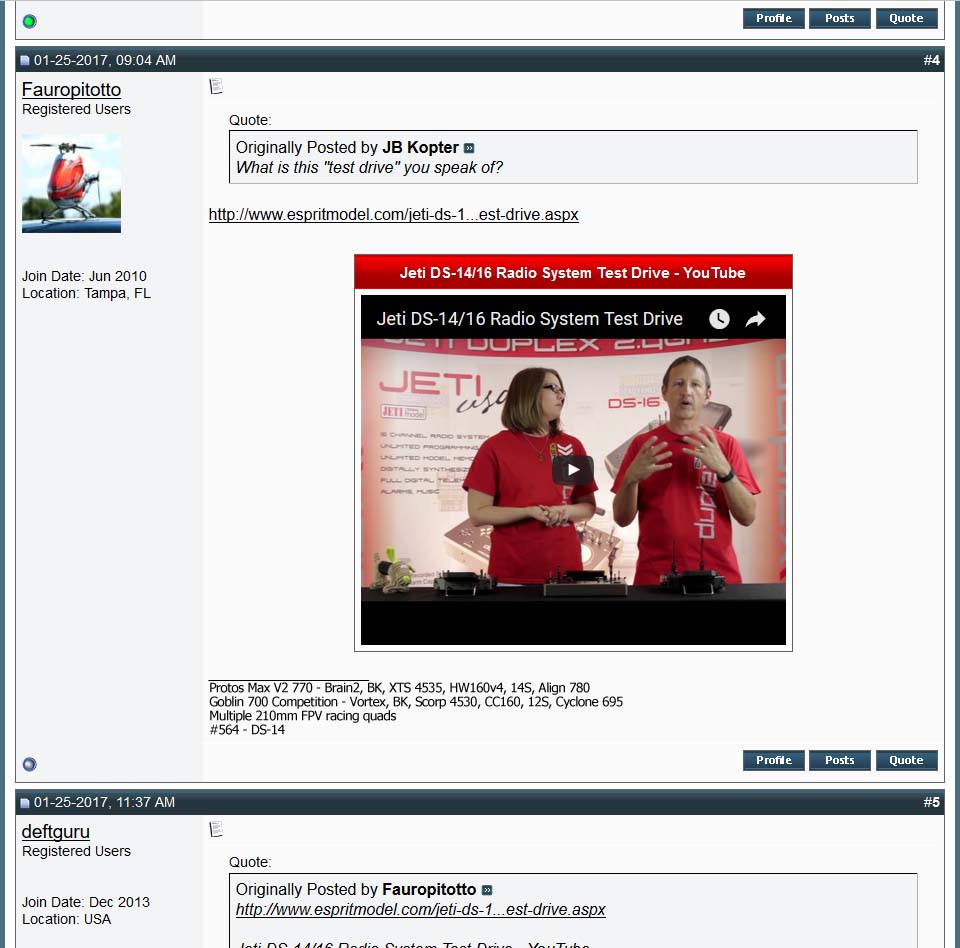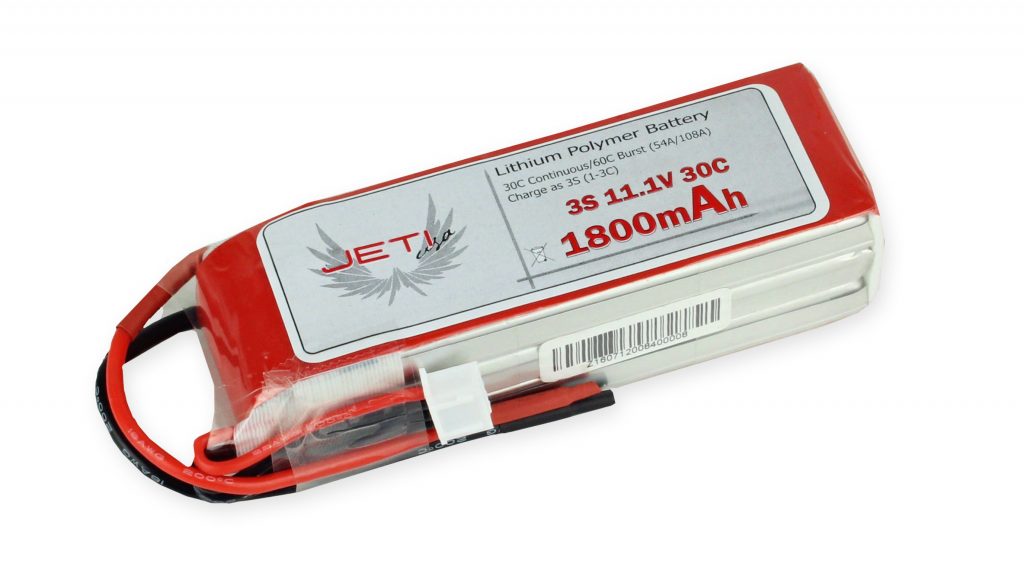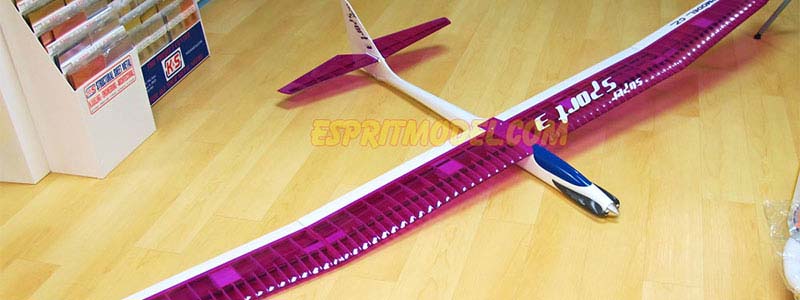Frank Tiano Enterprises brings you Florida Jets 2017! Come see us today through Saturday in Lakeland, Florida. Admission is $10.00 per adult and kids under 12 get in free. With over 200 jets in action, this isn’t a show to be missed! Get more information in the “Full Story” link below.
Its Official… Test Drive Transmitters Are Here!
Our Jeti Test Drive program is in full effect! Our official Jeti Test Drive transmitters have arrived and they are beautiful. Not only does the Jeti Test Drive program allow you to test out the Jeti transmitter and receiver system, you get to do it in style. These specific transmitters offer the Multi-mode gimbals, a carbon face-plate and the beautifully painted aluminum CNC’d frame.
Check out the program below!
AXi Extreme Motors w/Jeti Telemetry
After many years of research and testing, AXi engineers have developed a brand new line of 3D Extreme brushless motors. The hardened steel shafts, built in prop adapters, integrated cooling fans and pre-installed Jeti telemetry sensors represent the highest level of quality. With these motors you can receive Jeti RPM and Temperature telemetry directly from the motor! The AXi 3D Extreme motors are available in 5320, 5325, and 5330 sizes with various KVs. Take a more in-depth look at them through the link below.
Fun With Tom!!!
Tom is just about ready to fly! Check out this beautiful Opale Trike XL & Oxy 5 Combo we had the privilege of assembling. Setting up Tom was exciting, but we know flying it will be even better. Check out these photos from the build. The AXi 5330/24 and the Jeti Mezon 90 make a perfect pair with the Opale. What else could anyone want?!?
Jeti Transmitters and the Difference
6, 14, 16, 24…Hut?!? All of these numbers are starting to sound like it’s a Sunday night on the football field. So the question is, what are all the differences between the Jeti Transmitter series. Read more as I break down some of the basic differences.
DS-24/DC-24
The Jeti DS/DC-24 Transmitters offer triple redundant signal technology by running two 2.4GHz and one 900MHz RF decks. These transmitters are the flagship of the Jeti Line.
Lets Learn: Opale (Wing Style)
Opale Paramodels are amazing, beautiful, and fun to fly, once you figure out which set-up is right for you. Many of our Opale customers purchase multiple wings and setups, but for someone new to the world of Opale, it can be overwhelming. Read on to find out the basic differences between the Oxy, Power, Fox RS and the Hybrid series of wings.
Lets start with the Oxy. The Oxy series of wings offer a single skin construction. This design allows for stability, ease of inflation, and long flight times. As a result of its stability and flight time, the Oxy wing is great for the aerial photographer or FPV pilot.
Like the Oxy series, the Power 1.1 utilizes the same single skin technology, however its smaller design allows for much higher wing loading. This wing is great for the aerobatic pilot.
The Fox RS a high performance wing targeted towards intermediate and advanced pilots. The double skin technology provides an experience much like that of scale Paramodels with very high performance. the high-aspect ratio offers high penetration and a high flying speed resulting in a wing that is easy to fly in strong turbulence and high wind conditions.
Oplae’s Hybrid wing provides a gorgeous mix of single skin and double skin technology. This feature allows for a stable flight, while being easier to launch. On the Hybrid wing, the aspect ratio is increased, allowing for more speed. This paramodel must be actively controlled by the pilot, but still does not require years of experience to enjoy.
Check out the link below to get your Opale Paramodel now!
Too Good To Be True?
With most programs, there always seems to be some fine print included that quickly turns an amazing idea to a dreadful nightmare. We get it. As my parents said, what usually sounds too good to be true, usually is. So when this thread on Heli Freak was shared our way, we were excited to see people talking about the Jeti Test Drive Program.
Check out the Heli Freak forum and head to the Jeti Test Drive thread. Here you can chat with people that have or are utilizing the program. We are happy to stand behind The Jeti Test Drive Program, and we know you wont be disappointment, but don’t just take our word. Click the picture below to head to the forum!
En”V”y of the Town
Not all planes are created equal, and that is apparent once you get your hands on a beautiful Star Flight Pulsar. Take a look at this special Pulsar 2E Pro V-Tail that we accrued for a customer. We guarantee he is going to enjoy this sailplane!
Contact us if you are interested in a special model. We may be able to accommodate your request!
Tips From Our Techs: Battery C-Rating
With all the high-tech devices out there, we sometimes tend to over look the basics of the hobby. One common question we get is about the “C-Rating” on batteries and how to determine what you need.
C-rating is the number used to express the discharge and charge capability of a battery. Knowing how to calculate this becomes important when you are looking to outfit your model with the correct battery and space is a limiting factor.
To get the C-Rating appropriate for your aircraft use the following formula:
C-Rating needed = [Current Draw]/[Capacity (A)]
This will yield you the MINIMUM C-Rating that will work safely in your system. It is always a good idea to allow yourself a bit of overhead on your battery choice.
Lets break it down in the following examples.
Here is what you know: Your system will pull 90 amps, but you can only fit an 1800mAh 6S size battery pack. So your formula will look like this:
C-Rating needed = 90A/[1.8A]
C-Rating needed = 50C
*Take note that the capacity of your battery must be calculated in amps, not miliamps.
Here is another example where we are using a battery in series.
Here is what you know: You are flying a helicopter drawing 200 amps and using two 5000mAh 6S batteries.
C-Rating needed =200A/[5A]
C-Rating needed = 40C
Find your perfect battery below.
WE CAN HELP!!!
Building Season is well on its way… But for those of you who aren’t necessarily builders, or just don’t want to fuss with it, we can help! Take advantage of our Store Display aircraft – all of which have been expertly built at our shop and are ready for your receiver ready. If you don’t see one that floats your boat (or lifts your plane ) contact our building department and see what we can do for you!



